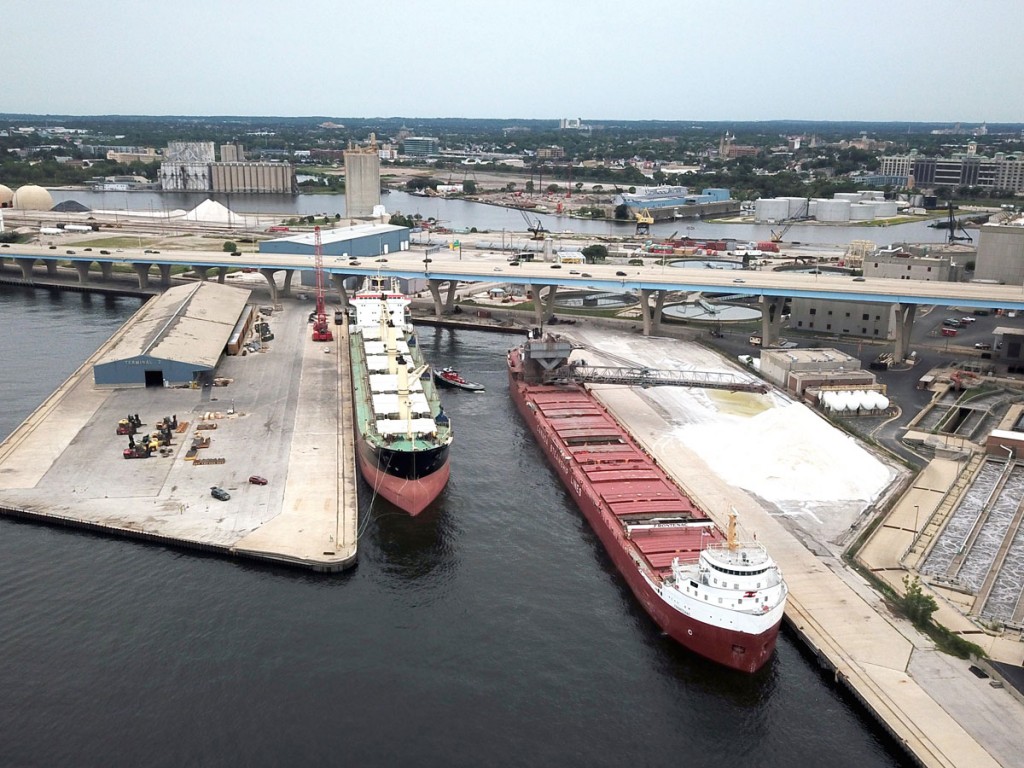Situated on the western shore of Lake Michigan 75 miles north of Chicago, Port Milwaukee is looking to enhance its position as a Midwest transportation hub with development of a new agricultural export facility.
Under an agreement approved by harbor commissioners in August, The DeLong Co. Inc., headquartered in Clinton, Wisconsin, is to develop the facility on a 3.9-acre tract along Port Milwaukee’s inner harbor and lease it for at least 30 years.

“DeLong is definitely a history-making investment at the port, without a doubt,” Port Milwaukee’s port director, Adam Tindall-Schlicht told AJOT, noting that the endeavor represents the largest single investment at Port Milwaukee since opening of the Great Lakes to international shipping via the St. Lawrence Seaway in the 1950s.
While corn and other export commodities may be added, the DeLong facility, with multimodal capabilities via Canadian Pacific and Union Pacific rails, initially is to focus on exports of dried distiller’s grains with solubles, or DDGS, an animal feed byproduct of ethanol production.
Tindall-Schlicht said he hopes the facility will come online by May 2022 and add between 200,000 tons and 300,000 tons to the port’s annual exports.
In calendar 2019, total cargo tonnage through Port Milwaukee’s public and private docks reached 2,668,624, up 11.5 percent from 2018.
Also approved in August was a 99-year lease with Brownsville, Wisconsin–based construction contractor Michels Corp. for a 13.5-acre site on a former Grand Trunk rail property adjoining a port-led wetland restoration project.
Tindall-Schlicht said the two latest developments will combine with the port’s international marketing strategy for cargo diversification and its dedication to safe, efficient operations in a pandemic-impacted world to offer “a best-practices model for other ports throughout the country.”




